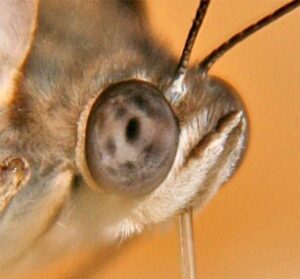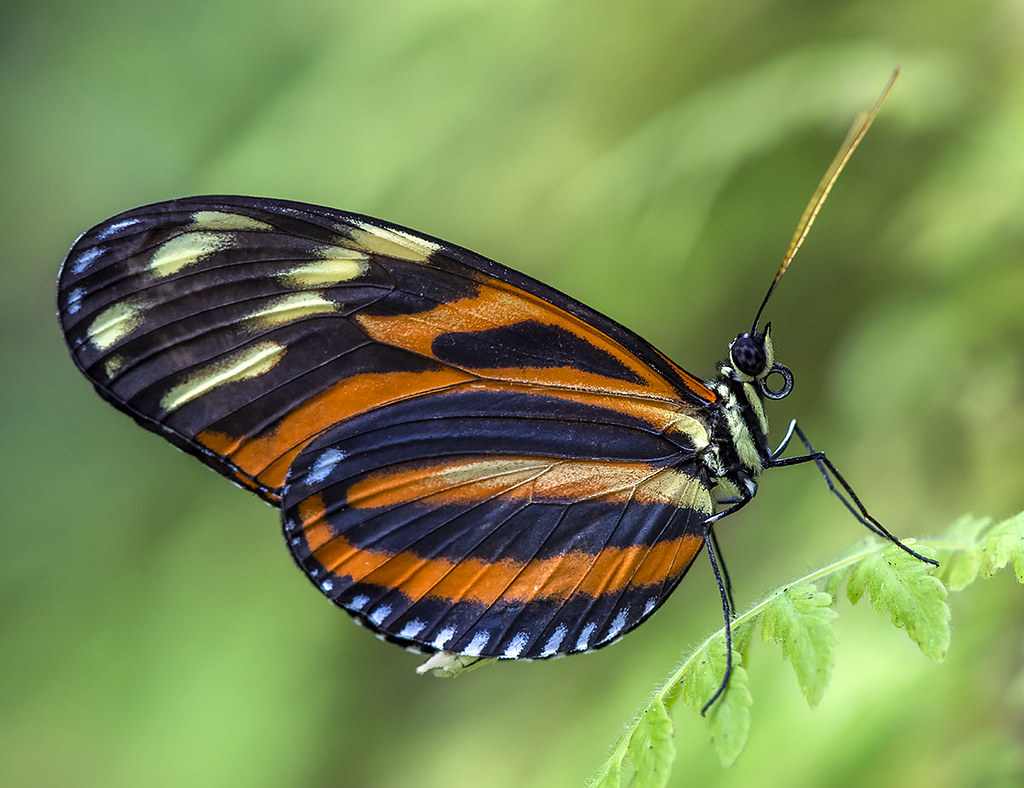Butterflies are renowned for their delicacy, beauty, and enchanting wings. These structures are made up of fragile yet complex layers, which are essential for both the butterfly’s survival and its allure. From vibrant colors that dazzle predators and mates alike to the physical makeup that ensures flight, the butterfly wings are a marvel of nature.
A Bullet with Butterfly Wings
“A Bullet with butterfly wings” – The Smashing Pumpkins
This phrase serves as a poetic metaphor that compares the strength with fragility. On one side butterfly winds appear to be delicate. Which are characterized by their thin membranes and lightweight structure. These lightweight structures allows these insects to glide gracefully through the air. Yet, on the other side beneath this seemingly fragile exterior lies a surprising resilience.
These butterfly wings are vulnerable to raindrops, strong winds, and cold temperatures, these creatures have evolved a way to cope with these harsh environmental conditions. For instance, when extreme cold weather approaches, they instinctively seek shelter to protect their wings. Once damaged, these wings are unable to heal, which highlights the paramount importance of their protective behaviors. This metaphor captures the duality of existence, where beauty and delicacy coexist with strength and adaptability. This reminds us of the complexities of life and the need for both resilience and caution when facing challenges.
Can Butterflies See Their Wings?

Butterflies have a fascinating relationship with their wings. They are unable to see their wings. However, they possess remarkable vision that enables them to perceive a wide array of colors, including ultraviolet (UV) light. This UV spectrum is invisible to humans but it is vital for butterflies. Butterfly compound eyes are primarily apposition eyes, optimized for daylight vision, featuring a high number of ommatidia that enhance visual resolution (Fischer et al., 2014). Furthermore, in diurnal species, such as butterflies, eye size and interocular distance correlate strongly, suggesting adaptations for binocular vision that improve depth perception (Chan et al., 2024).
Many butterfly wings display UV patterns that serve as signals during courtship (Kemp et. al., 2008). These patterns help butterflies communicate and attract mates. So, while butterflies cannot admire their wings as we do, their unique vision significantly influences how they interact with their environment and fellow butterflies. This ability allows them to navigate their world effectively and engage in essential behaviors for survival and reproduction.
How Many Wings Do Butterflies Have?

Every butterfly has four wings
- Two (2) Forewings, one on the left and one on the right
- Two (2) Hindwings, one on the left and one on the right
These wings work together to help the butterfly maintain balance in the air and create its distinctive erratic flight patterns. Beyond aiding in flight, the wings serve several other important functions. They assist in thermoregulation, helping butterflies manage their body temperature. The wings also play a crucial role in mate attraction, as their colors and patterns can signal readiness to potential partners.
Males exhibit a preference for females with similar wing patterns, indicating that individual elements of these patterns can act independently in attracting mates (Smith et al., 2023). This suggests that while the overall wing pattern is important, specific elements can also serve as effective mating cues. Additionally, they contribute to camouflage, allowing butterflies to blend into their surroundings and evade predators. This multifunctionality highlights the wings’ importance in a butterfly’s survival and behavior.
Butterfly wings utilize complex structural components for camouflage. For instance, the angled sunbeam butterfly, Curetis acuta, features silvery ventral wings that reflect light, enhancing camouflage in shaded environments (Wilts et al., 2013)
Similarly, the Kallima inachus butterfly demonstrates how wing patterns evolved through a combination of pigment components, creating effective mimicry and crypsis (Suzuki et al., 2019).
The Magic of Butterfly Wing Colors
The vibrant colors of butterfly wings result not only from pigmentation but also from their unique microscopic structure.
Many butterflies have iridescent wings, causing the colors to shift and change depending on the light’s angle. This phenomenon occurs because their wings are covered in tiny scales that function like prisms, splitting and reflecting light in various ways. This structural coloration is what gives butterfly wings their shimmering quality, allowing them to transition from one hue to another as the light changes. This captivating effect not only enhances their beauty but also plays a role in communication and mate attraction.
Pigments do play a role too, especially in browns and yellows, where melanin is responsible for creating color. However, structural color reigns supreme for brighter and more dynamic colors, such as blues and greens. In some species, these vivid colors serve as a warning to predators about the butterfly’s toxicity.

Toxic butterflies, such as Heliconius species, exhibit bright colors that signal their unpalatability to predators, enhancing their survival through avoidance (Dell’Aglio et al., 2020).
Fragility and Strength Combined
Although butterfly wings are lightweight and vulnerable to environmental damage, they are surprisingly strong for their purpose. Butterflies have evolved various strategies to protect their wings. For instance, many species feature patterns and colors that serve as camouflage, helping them blend into their surroundings and evade predators. Some butterflies can also display eye-like designs on their wings, startling potential threats and buying themselves crucial moments to escape. These adaptations highlight the balance between beauty and survival in the butterfly’s life.
Furthermore, butterflies use their wings to regulate their body temperature. They cannot fly if they get too cold, so they bask in the sun with their wings spread open to absorb heat. On the other hand, if temperatures rise too high, they fold their wings to reduce heat absorption. This behavior helps them maintain the optimal temperature for flight and activity.
Why Butterflies Matter
In addition to their beauty, butterflies play vital roles in ecosystems. As pollinators, they assist in plant reproduction, which contributes to biodiversity. The varied colors and patterns of butterfly wings serve as indicators of ecosystem health, as pollution and habitat loss can lead to declines in butterfly populations. Therefore, their wings are not just aesthetically pleasing; they also reflect the overall health of the environment. This connection underscores the importance of protecting butterflies and their habitats to maintain ecological balance.
Butterfly wings, though delicate, are resilient and serve many purposes beyond flight. Their dazzling colors, structural complexity, and role in survival make them one of nature’s most captivating wonders.
Thank you for reading, for more interesting articles please visit our homepage.







Pingback: Drain Flies vs. Fruit Flies: How to Identify and Eliminate Both - MrAH with A Bee
Pingback: Mexican Heather Plant Care: A Complete Guide